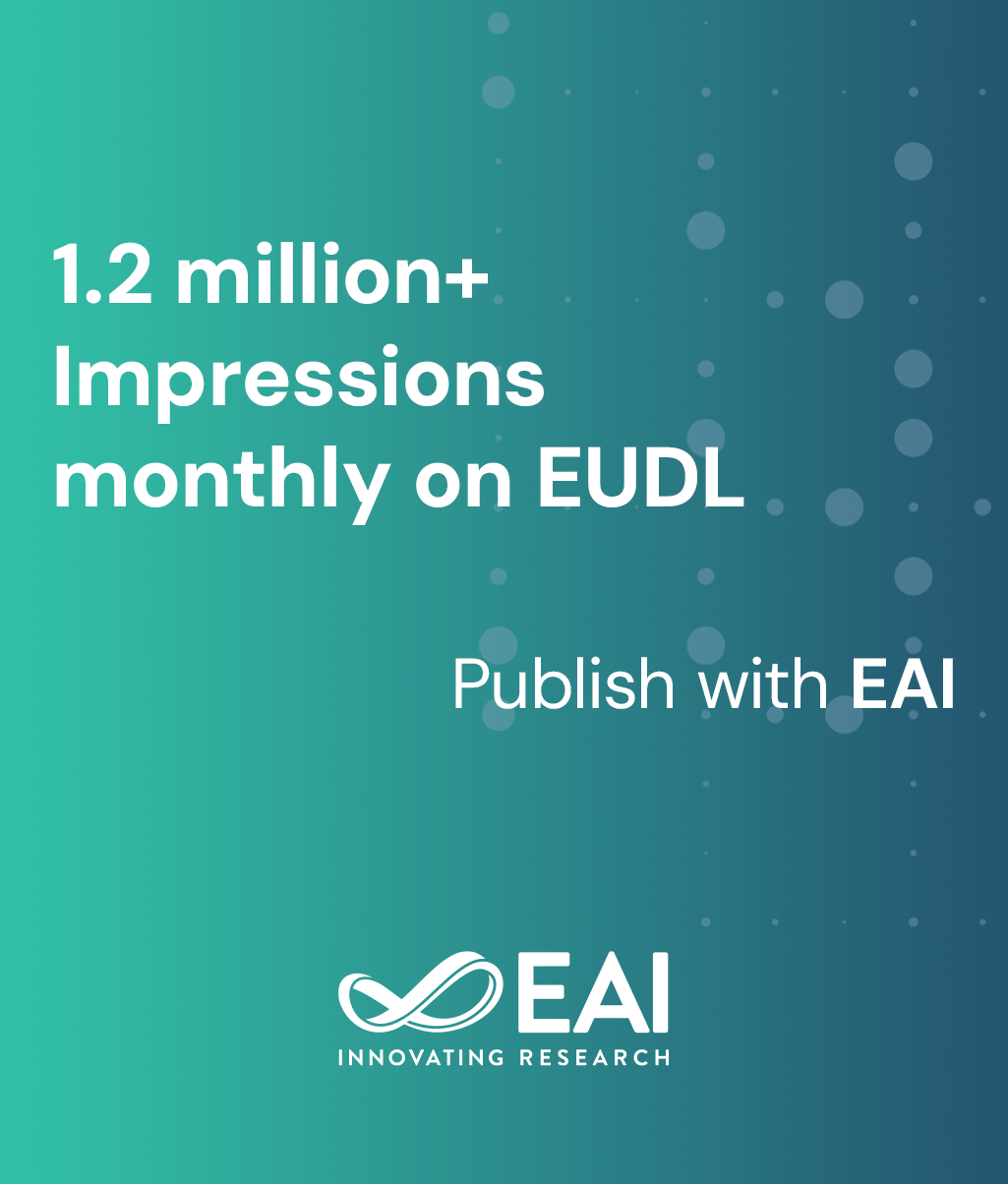
Research Article
Bio-Inspired Routing Protocol Based on Pheromone Diffusion in Mobile Ad Hoc Networks
@INPROCEEDINGS{10.4108/eai.3-12-2015.2262499, author={Hyun-Ho Choi and Jung-Ryun Lee and Bongsoo Roh and Mijeong Hoh and HyungSeok Choi}, title={Bio-Inspired Routing Protocol Based on Pheromone Diffusion in Mobile Ad Hoc Networks}, proceedings={9th EAI International Conference on Bio-inspired Information and Communications Technologies (formerly BIONETICS)}, publisher={ACM}, proceedings_a={BICT}, year={2016}, month={5}, keywords={routing protocol bio-inspired routing mobile ad hoc network overhearing pheromone diffusion}, doi={10.4108/eai.3-12-2015.2262499} }- Hyun-Ho Choi
Jung-Ryun Lee
Bongsoo Roh
Mijeong Hoh
HyungSeok Choi
Year: 2016
Bio-Inspired Routing Protocol Based on Pheromone Diffusion in Mobile Ad Hoc Networks
BICT
EAI
DOI: 10.4108/eai.3-12-2015.2262499
Abstract
Bio-inspired routing protocols use the principle of swarm intelligence, which finds the optimal path to the destination in a distributed and autonomous way in dynamically changing environments; therefore, they can maximize the routing performance, reduce the control overhead, and recover a path failure quickly according to the change in the network topology. In this paper, we propose a bio-inspired routing protocol for mobile ad hoc networks. The proposed protocol uses a technique of overhearing for obtaining routing information without additional overhead. Through overhearing, a pheromone is diffused around the shortest path between the source and the destination. On the basis of this diffused pheromone, a probabilistic path exploration is executed and the useful alternative routes between the source and the destination are collected. Therefore, the proposed routing protocol can gather up-to-date effective routing information while reducing the control overhead. The simulation results show that the proposed routing protocol outperforms the typical ad hoc on-demand distance vector (AODV) and AntHocNet protocols in terms of the delivery ratio and the end-to-end delay and significantly decreases the routing overhead against AntHocNet.


